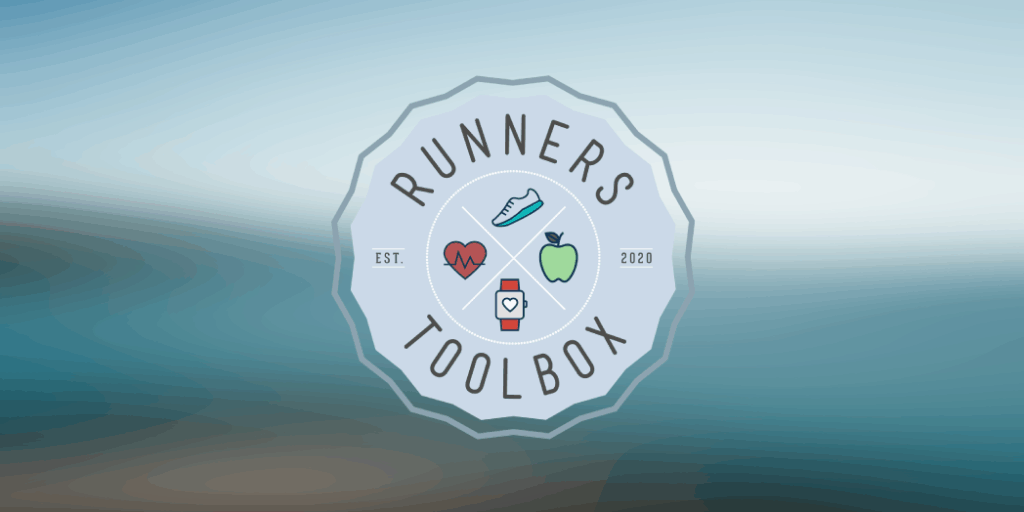The very first half marathon at Run Melbourne, I trained without any fuel, besides water.
It never occurred to me that I might need some carbs in the form of electrolytes, gels, or lollies.
Towards the end of the event at roughly the 16km I noticed I started to feel drained. At the time, I had no idea that it came down to depleted carbohydrates.

Being new to running, and having no running friends or mentors to look up to, (besides the internet) I was winging it.
Having run many long runs with and without fuel. I know what works and what doesn’t.
Before I go on to inform you what I use for my long runs, please also consider reading the book Roar by Stacy Sims.
This book changed the way I looked at how I fuel events, and how my hormones DO affect my training and performance.
Women are not small men
~Stacey Sims
Fuelling Options for the Long Run
When it comes to fuel for the long run there are so many options.
First up you have GELS. There are so many gels out there, that it’s important to try various brands and flavours.
I like Huck & Vfuel. They are gentle on my stomach and I like their range of flavours.
Other brands you can try in gels are:
- Hammer
- Endura
- Spring
- SIS
Roadrunners tend to use gels more, as they are small, easy to carry and open.
A thing to remember is that most gels require you to have water with them. Each brand is different, so check the label.
Then you have liquid options like tailwind or trailbrew. These are an electrolyte and carbohydrate combination. They come in powdered form, which you then blend with water and carry it in a hydration pack or belt.

If trail running is more your jam, then being open to different fuel options is a must.
Which is where real food comes in.
- Muesli Bars
- Chips
- Sandwiches
- Baked potatoes
- Trail mix
- Baby food
- Fruit pouches
These have all been food options I’ve consumed on runs.
It’s important to train with what you will use, or what will be available to you on race day.
This not only helps you to get used to eating while running, which is an acquired skill. You’ll soon learn that texture and eatability are just as important. If you can’t chew it you won’t eat it.
Personally, hard muesli bars are a no-go, I find them too chewy, and they hurt my jaw after a while. The softer variety, is not a problem.
The same goes with jerky. Not all brands are equal.
During long training runs, I like to combine gels, along with real food, water and then an electrolyte like Trailbrew.
When do I take my fuel?
This will all come down to your distance, and time on feet.
Check out Coach Zoey’s map, for fuelling.

Using the smart fuel option on my Polar Grit X, it will tell me when to eat and drink. This seriously is the best, it takes the guess work out of when I should have something.
If your watch has something similar use it! One less thing to worry about and you can enjoy your run.
You know your fuelling has been on point during a training run because you won’t feel completely spent or lightheaded after your run.
Sure you may still feel tired, but you’ll have enough energy to go about your day.
